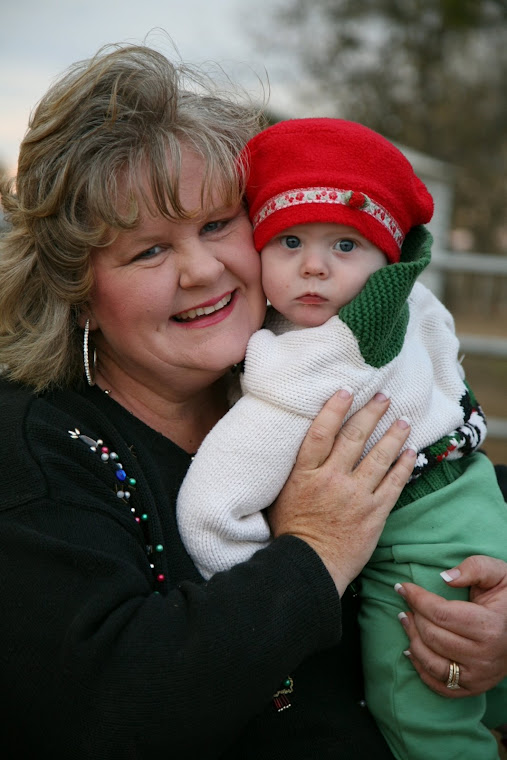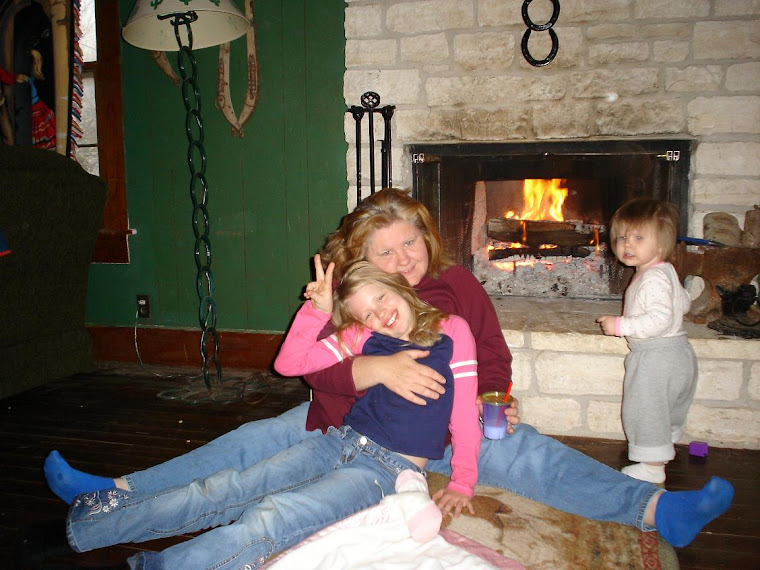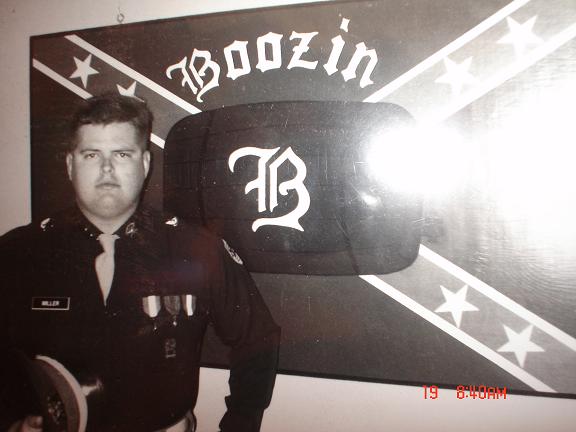


Aspen 2009
Last week I went to Aspen, Colorado. A college friend of mine put out an invite to come and spend a few days skiing at his family's condo in the Rockies. My buddies from my Corps of Cadet unit, B-2, try to keep in touch, make a few home games at Aggieland each year, but it is hard. When you are spread out all over the country and have wives and kids and commitments, its hard to break away for any amount of time. This time, we all had plenty of time to organize, save some dollars up (in my case) and block out a few days off. I flew out of Austin with my brother Tim and arrived in Denver on Thursday morning to find the snow capped mountains to the west draped with low clouds and a light snow coming down. After meeting the other 4 guys we rented a Suburban and headed west 4 hours and stopped in Glenwood Springs to buy groceries at the last Walmart before Aspen. We unloaded our gear at the Aspen Alps then went to pick up the other 3 guys from the airport outside of town, noticing the rows of Gulfstream and Lear jets lined up on the runway. I wondered which one was Oprah's.
Last week I went to Aspen, Colorado. A college friend of mine put out an invite to come and spend a few days skiing at his family's condo in the Rockies. My buddies from my Corps of Cadet unit, B-2, try to keep in touch, make a few home games at Aggieland each year, but it is hard. When you are spread out all over the country and have wives and kids and commitments, its hard to break away for any amount of time. This time, we all had plenty of time to organize, save some dollars up (in my case) and block out a few days off. I flew out of Austin with my brother Tim and arrived in Denver on Thursday morning to find the snow capped mountains to the west draped with low clouds and a light snow coming down. After meeting the other 4 guys we rented a Suburban and headed west 4 hours and stopped in Glenwood Springs to buy groceries at the last Walmart before Aspen. We unloaded our gear at the Aspen Alps then went to pick up the other 3 guys from the airport outside of town, noticing the rows of Gulfstream and Lear jets lined up on the runway. I wondered which one was Oprah's.
It was a great reunion. Some of these guys I hadn't seen in several years, and somebody remarked that essentially, nobody had really changed that much. A few extra pounds, less hair, but basically the same unlikely group that we were almost 20 (twenty!) years ago. We decided that we should have a good meal to start our get together off right, so we wandered into the Hickory House, with the sign that boasted the Best Ribs in Colorado. Maybe that wasn't too high of a goal? But bbq sounded good.The sign inside that explained their pork was imported from Europe and fed tulips, seemed fishy, but it smelled and looked good as the plates passed by. The waitress suggested we order a couple orders of "The Feast." The menu said it feeds 3 or more.There were 8 of us, so a little Aggie math said 3 Feasts should do the trick. A couple of
pitchers and some onion rings, hey we're on vacation. Then the Feast arrived.The Feast consisted of 2 racks of ribs, a heaping platter of brisket, of sausage and chicken. And beans and corn and cornbread. And potatoes. We enjoyed the Feast all week. From then on, all prices were calculated by Feast currency. A lift ticket? That's two Feasts. Ski rental for 4 days? 1 Feast. Plane ticket to Aspen? 4.5 Feasts.
pitchers and some onion rings, hey we're on vacation. Then the Feast arrived.The Feast consisted of 2 racks of ribs, a heaping platter of brisket, of sausage and chicken. And beans and corn and cornbread. And potatoes. We enjoyed the Feast all week. From then on, all prices were calculated by Feast currency. A lift ticket? That's two Feasts. Ski rental for 4 days? 1 Feast. Plane ticket to Aspen? 4.5 Feasts.
Friday was ski day. Everybody on the trip had at least some experience in snow, except, guess who. So, ski lessons were in order. The humiliating 'yes I barely know what a ski looks like, so put me in Beginner Magic 1.' But I must say the instructors really know how to put you at ease and guide you through the process without laughing out loud. The lessons were at the top of Buttermilk mountain. Buttermilk. Really? I guess Milktoast or Creampuff Mountains were taken. The lift up to the top was fun, though. It was really cool. So quiet. All you could hear was the wind softly blowing, as you watched a crowd gather around another unfortunate skier with a mangled leg. Now you hear another sound. It is the sound of the Ski Patrol snowmobile rushing to the wreck. What a great day to be skiing!
I must admit, learning to ski was hard for me. In fact, I really don't know if I actually 'learned,' but I was putting the turns together on the second day and didn't fall once on that day. I really need on more day of lessons before I 'really' take the slopes alone.The first day was pretty discouraging, but like I said, kudos to the instructors for their encouragement. All my buddies said the best part of the day was when you took you boots off. Boy, were they right. Our days in Aspen fell into a routine. Get up, drop the Millers off at Pansy Mountain, ski, meet at the end of the day and hit the shower rooms. Another of my favorite parts was the sauna room. Again, a first for me. The room was at a sweltering 150-F, and like all the movies you've seen, a ladle of water is poured over the heat to create clouds of steamy goodness. Although it was Gay Week in Aspen, there were no encounters in the sauna. The hot tub was a different story, but Scott didn't venture out of the bath house across a courtyard in 7 degree weather. The unfortunate guys that did were rewarded with a middle aged fellow dancing in a tiger striped banana hammock. I guess he was the target market for the colorful t shirt that proclaimed "I Can't Ski Straight--Aspen Gay Week 2009."
It was a trip I'll never forget and probably never make again, but I wouldn't trade it for anything. Like the boots at the end of the day, it was wonderful to touch down in Austin,
to see my wife and children, give them a big hug and Finally turn onto Watterson Road.Hey, It's Good To Be Back Home Again. (Thanks, John Denver.) and thanks to Phillip
Bornefeld for his accommodations.
to see my wife and children, give them a big hug and Finally turn onto Watterson Road.Hey, It's Good To Be Back Home Again. (Thanks, John Denver.) and thanks to Phillip
Bornefeld for his accommodations.



























